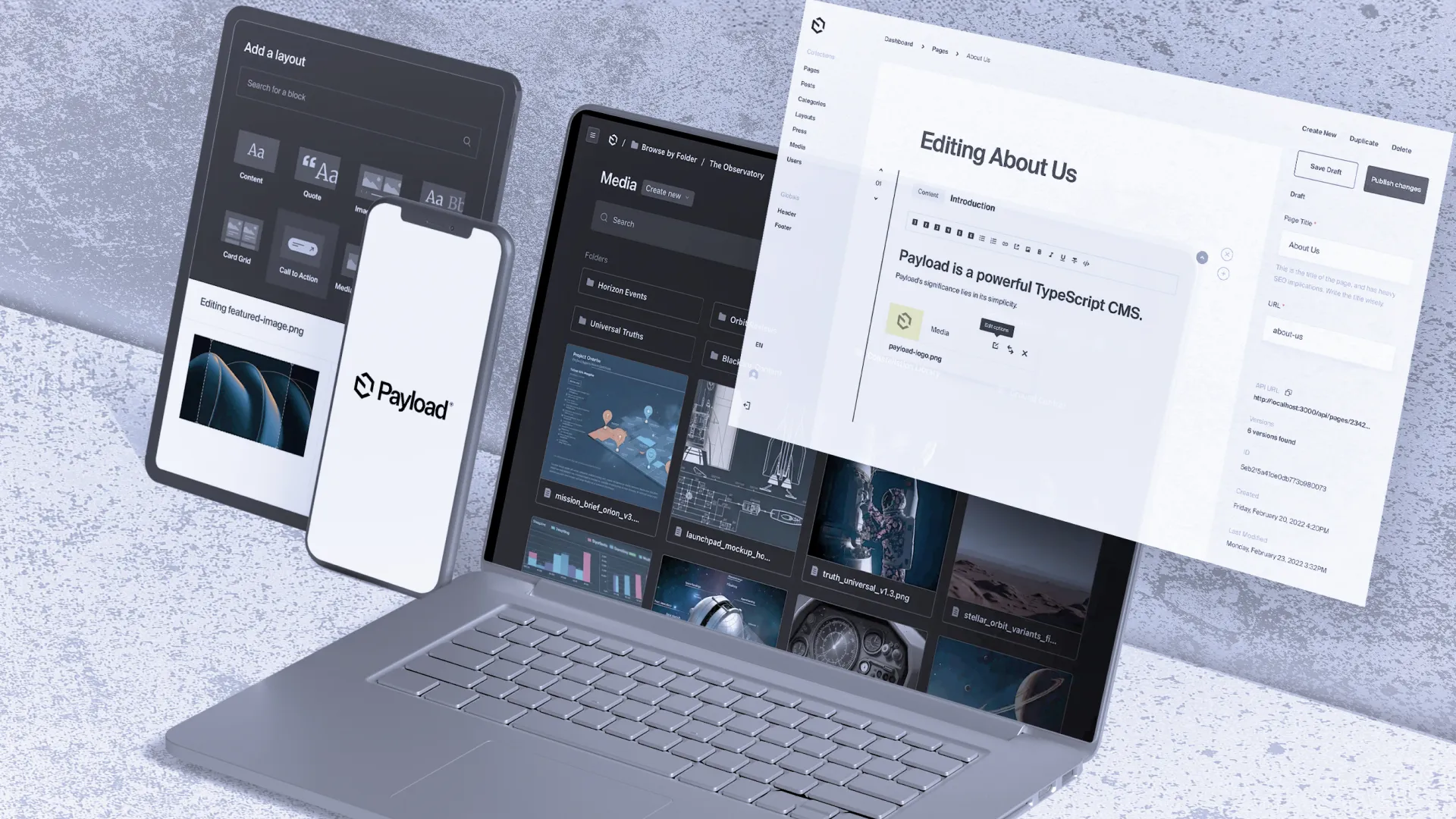
Voice search is essentially using vocal commands to conduct internet searches, and is generally 3.7 times quicker than typing.
It is especially convenient amongst portable electronic devices, such as mobile phones and tablets, and with it able to answer 93.7% of queries (on average), it’s not difficult to see why its popularity has increased exponentially. This new way to search is especially appreciated for its improved accessibility. Neurodiverse individuals greatly benefit from this technology, as it allows them to bypass inconvenient text-based functionality and other obstacles.
Understanding Voice Search
The roots of voice search can be traced back to over 70 years ago, in 1952, with the world's first-ever voice assistant, 'Audrey.' This groundbreaking invention marked the beginning of a new era, as the first machine capable of understanding human speech and recognising spoken numbers from 1 to 9.
Fast forward to 1962 where IBM showcased its groundbreaking creation, the 'Shoebox' machine during that year's Seattle World Fair. This impressive device had the capability to recognise 16 spoken English words along with the digits 0 to 9, further advancing the field of voice recognition technology.
More recently the growth of this technology can be clearly seen in the popularity of smart speakers and voice advertising. Virtual assistants such as Siri, Google Assistant, Alexa, and Microsoft's Cortana are widely known, having experienced widespread adoption. Recent data demonstrates the three tech giants Amazon, Google and Apple dominate the US market share for smart speakers. More than one-third of consumers say voice advertisements are less intrusive than advertisements in other formats.
How Voice Search Differs From Traditional Search
The nature and format of queries in voice search differs to traditional search greatly. When individuals use voice search, they employ more localised, conversational language. For example, with voice search, you would optimise your business listing and site for the search “pizza places near me,” as well as “pizza places in Darwin, Northern Territory,” or “What are the best pizza places in Darwin?” to successfully match user intent. Voice assisted technology has also made an impact on how people navigate and the activities they can partake in whilst driving. Google Maps now uses a type of voice search where users can find information and get things done whilst driving, so they can focus on the road. This hands-free feature means drivers can read and send messages, make calls, select, and listen to music all whilst driving.
Consumers generally use voice search for many query types, such as:
- Finding the prices of a local business products or services: ‘Hey, what’s the average price for 1kg of coffee beans from Blacklist Coffee’?
- Discovering products that a local business sells or offers: ‘Tell me if my local Officeworks stocks office furniture’
- Learning which products a local business has in stock: ‘Cortana, tell me if the nearest Bunnings has bathroom sinks in stock’
- Buying directly from a business: ‘Hey Siri, purchase this paper towel for me’
- Ordering from a restaurant: ‘Okay Google, find me somewhere local I can eat tonight’

How Does Voice Search Work?
Automatic speech recognition (ASR) transforms voice signals into text. This technology allows smart device users to search using voice, with it then translating the spoken words into text. The search engine will then treat it as a standard search query and deliver relevant results.
Over time, machine learning learns to improve its results by better understanding the natural human language and determining the searcher's intent. When a voice search query is actioned, a voice search assistant will in turn:
- Filter the sounds – ensuring it focuses on voice query rather than background noises
- Digitise the voice search query – turning sound waves into digital data
- Conduct a voice analysis – by processing the digital data
- Connect to external data sources – such as Google search, to find and deliver relevant answers
- Translate the information – meet and satisfy the intent of the searcher
- Recognise the patterns and compare the query – to existing samples in the database.
Voice Search and Accessibility
One of the biggest impacts that voice search has made is in the field of accessibility, by making technology available and accessible to individuals with impairments (such as vision or mobility). Voice-activated functionality is the most simple and natural way to interact with technology and makes it easier for users with learning and thinking difficulties to communicate with products, vastly improving the user experience (UX). A voice-activated interface is a form of inclusive design, which makes a product more accessible to a wider audience base.

“Voice enables unbelievably simple interaction with technology — the most natural and convenient user interface, and the one we all use every day.”
Jorrit Van der Meulen
From Keywords to Conversations
The shift from keyword-focused to conversational, natural language queries has significant implications for the marketing industry. To better meet user intent, it's essential that industry practitioners pivot to more question-based and longtail keywords.
In comparison to traditional text-based search, voice searches are more location-specific, as users are more likely to seek nearby products, services, and information. It is therefore crucial to prioritise local SEO efforts for higher visibility.
Deepening Consumer Connections
The advent of voice technology provides an opportunity to establish deeper connections with consumers and increase brand engagement. Personalised solutions make consumers feel as though their needs and wants are being listened to (literally).
Marketers can use voice-activated experiences to further engage with their target audience and build brand loyalty. Voice search will rapidly become the dominant way to search. Targeting voice search can also benefit your site’s overall SEO and ranking. Search engines like when websites optimise for voice searches, which can give your site more authority.
SEO Implications for Voice Search
There is Siri, Alexa, Bixby, Cortana, and Google Assistant, and as a group, the global voice recognition market is estimated to be valued at $50 billion USD by 2029 ($75.5 billion AUD). Voice searches are also three times more likely to be locally based, resulting in significant shifts to the SEO landscape.
Optimising your website for voice search means considering a change in algorithms resulting from a sizeable change in the query wording and format. Your mindset needs to change from text based to voice search, and how it is being used. When you optimise your website for voice search, you help your business display when your offerings are most likely to be immediately relevant to the searcher. Voice technology has changed the way people search.
Instead of a bunch of keywords, individuals now use conversational sentences, which needs to be considered during content planning. Try to think of more in terms of natural phases or pain points that people would use when searching for your business (or its services). Write for intent states, not keywords – voice search queries tend to be much more varied than typed counterparts.
.jpeg)
Let's Talk.
Voice technology and search has heralded many seismic shifts across the worlds of SEO, accessibility, brand loyalty, and consumer connectedness. Are you ready to take the next step towards the ideal digital strategy for your business?
At Dapth, we offer human-driven digital strategy services that can help you thrive in today's data-driven world. Our company provides software development and digital consultancy based on years of experience in the industry.
We're happy to teach you more about the services we offer. Contact us today to learn more and set up a free consultation.






_web.webp)
































_web.webp)
_web.webp)
_web.webp)

_web.webp)



_web.webp)




























